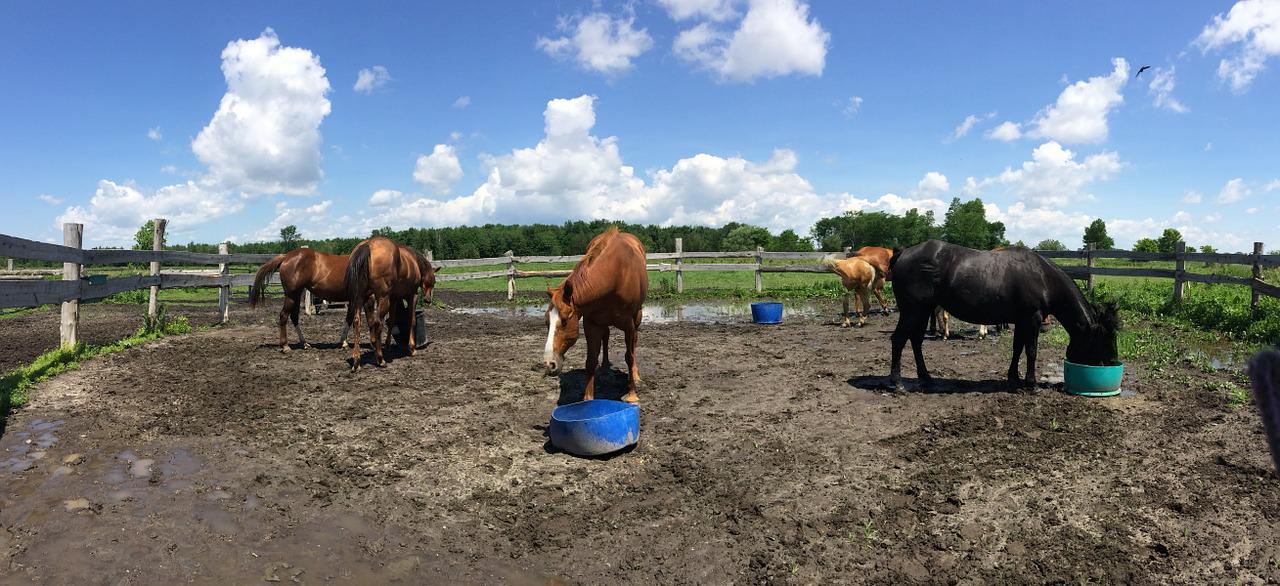
As we all know diet and exercise plays a vital part to be healthy, not only for humans but for horses as well. And you would agree that sometimes balancing diet and exercise is easier said than done. Laminitis for horses can occur when overfeeding grains during low activity times.
This balancing is especially important in cold weather. Horses tend to stay at their stable, get less work or be sedentary while eating more.
According to Dr. Kellon, horses normally have to spend calories in winter. It helps to maintain their normal body temperature. And hay is the first good choice to feed because it is fermented in the hind gut which generates heat. But since hay is also low in calories, dense sources like grains may be a good addition if they are using too much energy.
Grains are an easily available source of calories. There are people that tend to feed their horse grains for a variety of other reasons. Including admirable ones, such as trying to make the horse happy. But the fact is the more you push grain into your horse, the more likely the horse is to develop a problem. Why?
Here’s the reasons grain can be a problem:
- Overfeeding them with grains may result in overweight horses. Especially horses with less regular work or exercise to burn calories. Overweight horses have a higher percentage of insulin problems. And insulin problems may cause laminitis.
- Grains naturally contain higher levels of sugar and starch.
- High-grain diets have been also associated with all sorts of other problems, even behavioural problems.
Follow the recommended feeding rates to control the intake of sugar and starch. Taking into consideration their level of activity. Make sure also that you keep your grain secure with latches on doors and secure tops on storage bins. This helps to prevent accidental access and overeating. These cautions will help to prevent laminitis development and other problems.
Helpful tip: Allow your horse to lose weight or maintain a body score of around 2.5/5 during winter. That allows their systems enough capacity to cope with seasonal fluctuations in grass sugar levels in spring. And prevent them from laminitis development as well.
Hay and Grains sometimes won’t work so well for horses with metabolic problems. A fat supplement can be helpful since all the horse needs is extra calories and fat supplies. That is 5 times the calories of average grass hay and triple that of plain oats.
Product Recommendation:
Australian Equine Gold – My Horse Supplies is made from 100% Camelina oil. And contains a great balance of omegas 3, 6 and 9 providing a rich source of beneficial fatty acid. https://myhorsesupplies.com.au/product/australian-equine-gold/

